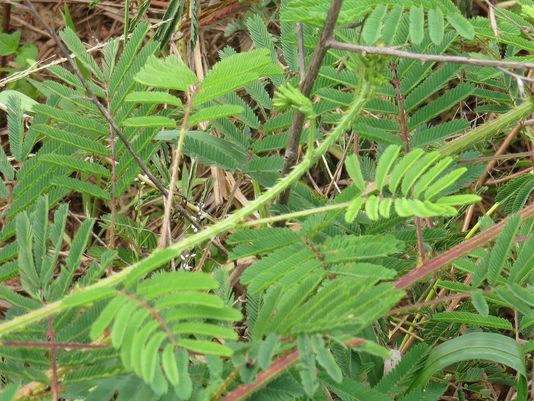Australian Plant Census (2011). Available at: Vascular Plants APNI (biodiversity.org.au).
Australia's Virtual Herbarium (AVH) (2007). Council of Heads of Australian Herbaria (CHAH). Available at: Home - AVH (chah.org.au).
Cowan, R.C. (1998). Mimosaceae. In McCarthy, P. (ed) Mimosaceae (excluding Acacia), Caesalpiniaceae. Flora of Australia Vol 12. CSIRO Publishing / Australian Biological Resources Study (ABRS).
Global Invasive Species Database (GISD) (2006). Mimosa diplotricha. Available at: GISD (iucngisd.org)
Land Protection (2006). Giant Sensitive Plant. Mimosa diplotricha. Facts¿Pest Series. Department of Natural Resources and Water, Queensland.
Navie S. (2004). Declared Plants of Australia. An identification and information system. Centre for Biological Information Technology: Brisbane. [CD-ROM].
Parsons, W.T. & Cuthbertson, E.G. (2001). Noxious Weeds of Australia. 2nd. ed. CSIRO Publishing: Collingwood.
Pacific Island Ecosystems at Risk (PIER) (2007). Mimosa diplotricha. Institute of Pacific Islands Forestry, US Forest Service. Available a: Mimosa diplotricha: info from PIER (PIER species info) (hear.org)
Smith, N.M. (2002). Weeds of the wet/dry tropics of Australia. Environment Centre, Northern Territory.
Weeds Australia (undated). Weed identification. Giant Sensitive Plant (Mimosa diplotricha). Australian Weeds Committee.



































